
Each year, older adults experience roughly 36 million falls, and sadly, this leads to over 32,000 deaths. However, there's a practical solution that could significantly reduce these numbers: wearing proper footwear. Researchers have found that rubber-soled sneakers are the most effective option. Sneakers provide comfort and enhance stability, which helps lower the risk of falling. In fact, a study found that seniors who wore something other than sneakers had a 30% higher chance of experiencing a fall.
So, if you aren't wearing sneakers already, this is a good time to start. Read on to find out the do's and don'ts of wearing sneakers in your 60s.
Related: How to Choose the Right Sneakers for Your Foot Type!

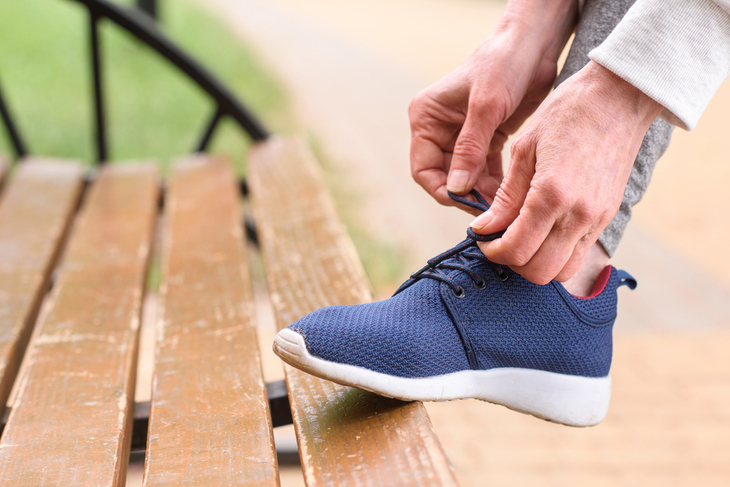

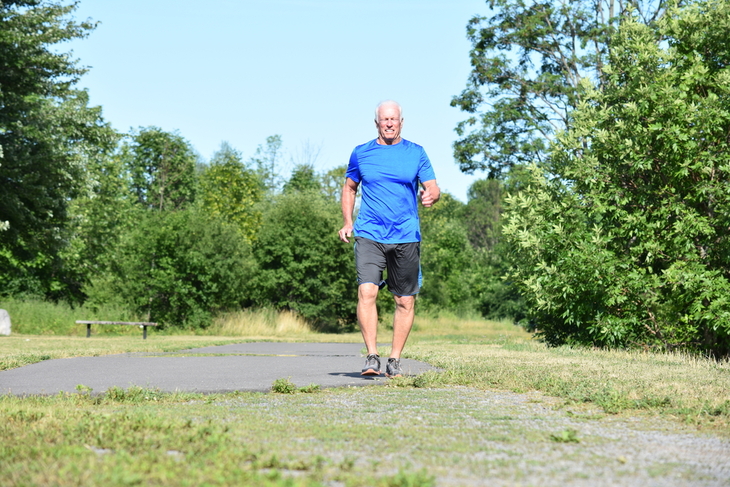
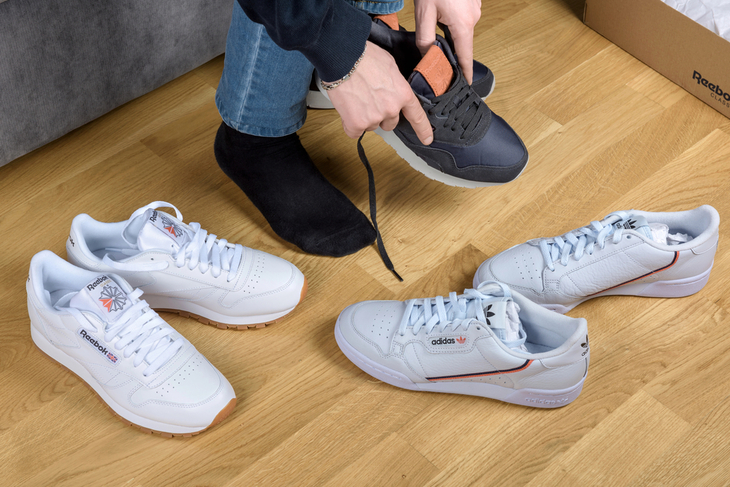
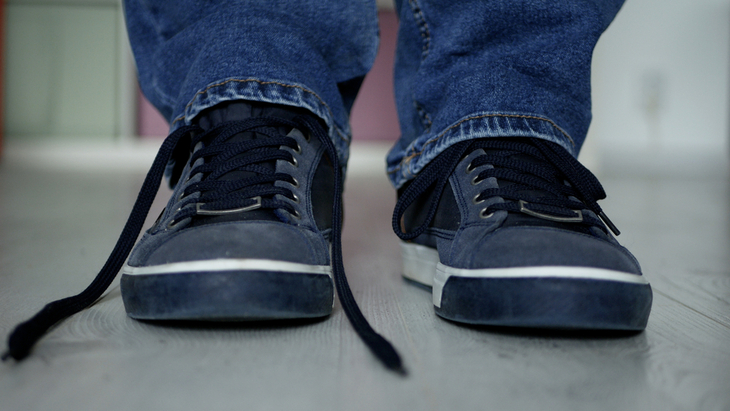
 10:37
10:37
Senior Health Guide: Working Out With Weights
Every senior must watch this video.

More Seniors Should Wear Smartwatches, Here's Why
Smartwatches aren’t just for fitness enthusiasts; it can make for the perfect gift for seniors. Here’s why…
 8:40
8:40
How to Beat Knee Pain While Going Up and Down the Stairs
Knee hurts while climbing stairs? These tips might just help.

The Best FREE Health Apps That Can Transform Your Life
Keep yourself healthy this year with the help of these great apps.
 13:15
13:15
Give Your Shoes a New Life with These Clever Hacks
Everyone should know these life-changing shoe hacks.

Olive Oil Has so Many Different Uses - Here Are 25 of Them
Olive oil has so many different uses it's unreal. Here are 25 uses of olive oil that you may not have heard of!

Why Buy Candles When You Can Make Your Own at Home?
Why spend money on expensive candles when you can easily make your own? This guide will show you how.

Get Rid of Excessive Ear Wax with These Easy Home Remedies
Earwax is important for protecting our ear canals, however if our body produces too much of it, it can become a problem. Here are some home remedies.

Why You Shouldn’t Use Olive Oil To Fry Or Braise Food
Stovetop cooking is very versatile, but most people are disappointed with this cooking method because they make one of these 10 mistakes...

How Waking Up at 5.30am Will Change Your Life!
Find out how waking up at 5.30am will have a positive impact on your life.
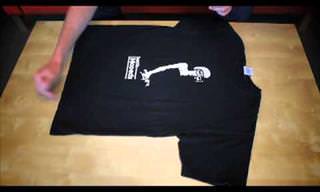
10 Fantastic Tips for Perfectly Folded Clothes
Folding can be such a chore, and hard to get right. Here are 10 incredibly easy ways to fold your clothes fast and right!

Vicks Has So Many Different Uses. Here Are 8 of Them!
Vicks can be found in households across the globe. This is a very useful ointment which has many unique uses. Check some of them out here.

10 Essential Tips to Revamp Your Home on a Budget
Looking to renovate your home? Here's how to do so on a budget.

15 Surprising Uses of Potatoes Outside the Cooking Pot
Potatoes are a great staple of many food dishes around the world, but they also have many uses outside of the kitchen. These will surprise you!

Baking is Now a Breeze Thanks to These Terrific Tips!
Never flop a cake again. These handy charts can help you with any baking problem you might find yourself facing.

20 Great Kitchen Tips That'll Save You On Money and Effort!
Make your kitchen that much more efficient and less time consuming with these 20 great tips that might change your kitchen experience forever.
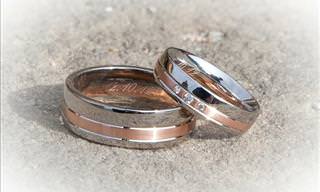
Keep Your Jewelry Sparkling Clean With This Perfect Guide
Jewelry is quick to tarnish and lose its beauty. But don't despair - use these cheap and easy methods to clean it at home!

14 Tips to Give Tired Old Furniture a New Lease On Life
Have you got a pieces of furniture or fixtures and fittings that are looking tired? Try these 14 tips to give them added longevity and a new lease of life.

Stay Clear of These 9 RISKY Google Searches
You can search anything on Google, but it’s advisable not to do so for these risky things.

10 Kitchen Tips That Will Turn You into a Culinary Master
The following 10 kitchen tips will take you one step closer to becoming a culinary god.

Apple Cider Vinegar Is Far More Versatile Than You Imagine
Apple cider vinegar is gaining a reputation around the world for its incredible versatility. Find out 13 great ways you can use this miracle liquid.

Incredibly Simple Homemade Rust Cleaner for Your Bathroom
Rust stains on porcelain surfaces can be a real pain, but they're easily removed with material you probably have in your kitchen.

Who Knew Duct Tape Prevents Blisters & Has All These Uses!
Is any one object more multitasking than duct tape? We really doubt that, and here are just 18 genius ways you can start using it right away

10 Repelling Plants that Keep Bugs Away
Many of the solutions to our problems can be found in nature, and this is also true when it comes to insects. Here are 10 plants that'll repel bugs.

Here's How You Can Tell If Someone Is Lying to You
No one likes a liar, but thankfully, if you know how to read body language, you can tell if someone is lying to you.
 5:36
5:36
How to Make a Candle-Powered Snow Globe
If you're still looking for decoration ideas, this one is a whopper!

GUIDE: Are You Feeding Your Cat Right?
To help cat owners with this task, we've created a guide on the recommended daily amount and type of food to feed their cats.

You Won't Be Old AND Vulnerable After Reading This
Just because you're elderly, it doesn't mean that you're incapable of defending yourself. Read this complete guide to find out exactly what you should do.

You Can Do So Much More With a Coke Than Just Drinking It!
Coca-Cola is one of the world's favorite sodas, however it can do a whole lot more than refresh you with its sweet taste. Here are 16 of its highly unusual uses

31 Genius Uses for Lemon That Are Worth Knowing
Did you know that lemons could help you clean, cultivate, and even give first aid? Discover 31 brilliant uses of lemon....

13 Daily Objects We Could Be Using Better
You probably think you know how to use most of these objects already. Don't worry, all of us thought the same...

One of These Facts May Save Your Life One Day
10 simple facts that we should all know, because they may save us some day.

10 Super-Effective Tips No One Else Will Tell You About
Fix and do just about anything with the following 10 supercool tips and tricks!

Experience the Beauty Benefits of Palo Santo Oil: DIY Tips
Find out the amazing beauty benefits of Palo Santo essential oil for your skin and hair.

Incredibly Interesting Facts and Figures About the World
These facts and figures about the world are the most interesting you have ever read.

Here’s Why You Should Start Saving Pasta Water
What if we told you that you have been flushing something many chefs call ‘liquid gold’ down the drain all these years?

Life Tips: How to Take Back Control from Unbearable People
Are selfish people driving you up the wall? This handy guide will help you to identify a selfish person, and show you how to effectively deal with them.
 1:31
1:31
After Watching This, You'll Stop Pouring Fat Down the Sink
Pouring grease down your drain can do real damage to your pipes and the sewer system. Here's what you need to know.

8 Running Mistakes Most of Us Make
Just because you think you know how to run doesn’t mean that you’re doing it correctly – or effectively. Here are 8 mistakes people make when running.

16 Human Foods You Can Share With Your Dog or Cat
In this article, we will present you with 8 foods for dogs and 8 foods for cats.
 2:23
2:23
These Tips Will Make Your Grocery Shopping a Breeze!
Grocery shopping alone can be a stressful task. Learn the tricks of how to do your shopping with ease, even if you have kids around.
 1:30
1:30
Wow, I Never Knew it Was This Easy to Check a Battery!
Did you know you can actually find out if your battery is empty or not? This little tip only takes 2 seconds to do.
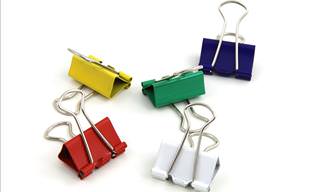 3:49
3:49
This Common Item is More Helpful Than You Ever Guessed
Binder clips are a very common item at every office and in most houses. But did you know how many functions this simple-looking tool is capable of?

10 Tips for Cleaning With Salt - Number 8 is My Favorite..
Salt can be found in every home, but besides for cooking, it is efficient and useful for cleaning. Here are 10 effective ways to use salt for cleaning.

This Ice Cube Hack Will Keep Your Burger Juicy
Check out these essential tips to ensure a juicy burger.

Make Your Daily Life Easier with These Great Home Tips!
Here are 22 easy to apply tricks will make your life hassle free. Some of them are so simple you’ll wonder why you didn't think of them first.


